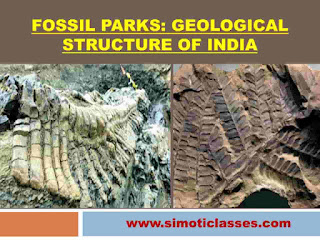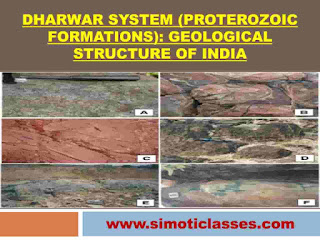The Indian Islands
India has a total of 650 Islands, of which 572 lie in the Bay of Bengal, and the remaining 43 in the Arabian Sea. Out of the 572 islands of Andaman and Nicobar, only 36 are inhabited. The Bay of Bengal islands includes the Andaman and Nicobar Islands which are largely tectonic and volcanic in origin, while the Island of the Arabian Sea is mainly coral formations.
Moreover, there are several offshore islands along with the mouth of the Ganga, eastern and western coasts, and in the Gulf of Khambat, Kachchh, and Mannar.
Island of the Bay of Bengal:
- The Andaman and Nicobar islands are separated by the Ten Degree Channel.
- The shortest distance of the Andaman Islands from the mainland (Bay of Bengal Head) is about 2000 km and the extreme southern point is the Indira Point- the southernmost point of the Great Nicobar Island.
- The Andaman and Nicobar Islands have a warm tropical climate all year round with two monsoons. Temperatures are around 25°C, but the sea breeze has a cooling effect.
The Andaman and Nicobar Islands are thickly forested and have rich marine life among the reefs. The islands are a birdwatcher's paradise with 242 species recorded. The entire region falls in a major earthquake zone. The Barren Island in the Andamans has an active volcano.
In the Bay of Bengal, there are two (2) volcanic islands (Barren and Narcondam) situated within 80 km east of the Andaman Islands. The Andaman Islands have been formed by the extension of the Tertiary mountain chain of Arakanyoma. The main rock of these islands is sandstone, limestone, and shale.
The Nicobar group of islands comprise 18 islands of which only 11 are inhabited. The physiography of the Nicobar Islands is mainly of the coral region.
Crop & Cultivation:
- Rice is the main crop in Andaman and Nicobar Islands.
- Tropical fruits like pineapple, a variety of bananas, sweet papaya, and mango grow on a smaller scale in the Andaman group of islands.
People:
The Tribal population in the Andaman Islands is fast dwindling. Most of its present inhabitants are migrants from Bangladesh, Myanmar, and India, and Tamils from Sri Lanka. Some of the well-known surviving tribes of the Andamans and Nicobar are the Onges, Jarawas, and Sentinelese.
Fauna:
One of the largest and also the rarest crabs in the world, the Giant Robber Crab, can be found in the Wandoor Marine Biosphere Reserve in south Andaman and Great Nicobar Islands. Its powerful claws help it to climb the coconut tree and break the hard shell of its fruit.
The Arabian Sea Islands:
- There are 43 islands in the Arabian Sea, out of which only 11 are inhabited. The shortest distance from the mainland (Calicut) is about 109 km.
- Karavatti, located on the island of this name is the capital of Lakshadweep. Lakshadweep islands are separated from the Maldives Islands by the Eight Degree Channel. Hills and streams are absent on these islands.
- The Minicoy is the largest (4.5 km2) and has a lighthouse and a weather observatory.
- In Lakshadweep coconut is the only major crop, although pulses and vegetables are also grown.
- The sea around the island is rich in marine life.
Offshore Islands:
There are numerous islands in the delta region of Ganga and in the Gulf of Mannar. Among the Western coast of Piram, Bhaisala (Kathiawar), Diu, Vaida, Nora, Pirotan, Karunbhar (Kachchh coast), Khadiabet, Aliabet (Narmada-Tapi mouths), Butchers, Elephanta, Karanja, Cross (near Mumbai), Bhatkal, Pegioncock, St. Mary (Mangalore coast), Anjidiv (Goa coast), Vypin near Kochi, Pamban, Crocodile, Adunda (Gulf of Mannar), Sri Harikota (mouth of Pulicat lake), Pairkud (mouth of Chilka lake), short, wheeler (Mahanadi-Brahmani mouth), and New Moore, and Ganga-Sagar and Sagar (Ganga Delta). Many of these islands are uninhabited and administered by the adjacent states.
Previous Page:The Indian Deserts: Physiography of India
Next Page:The Vindhyan System: Geological Structure of India

































